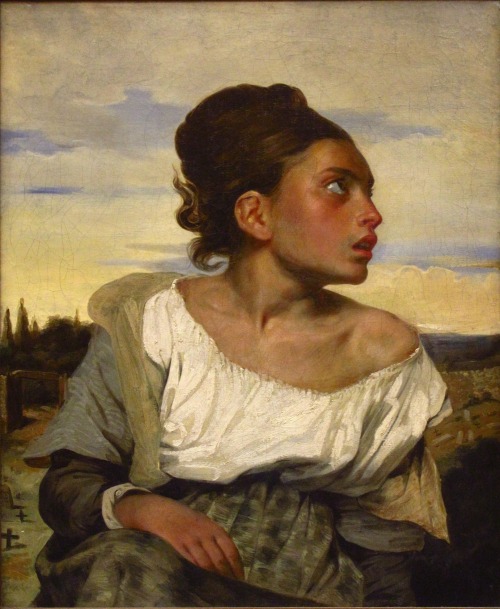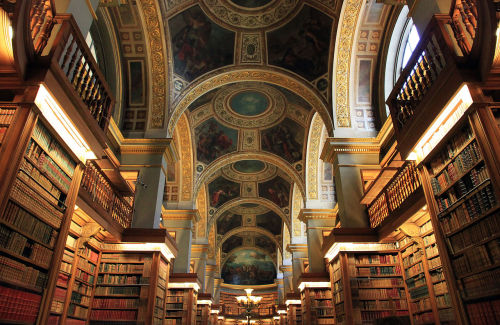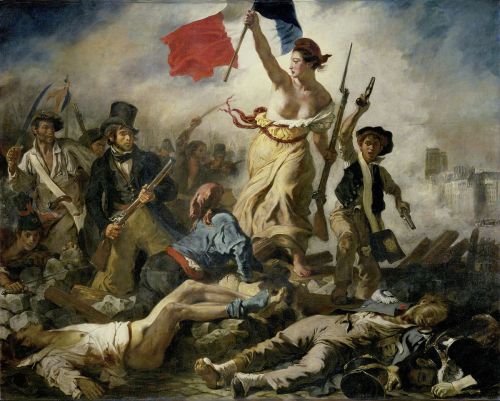#eugène delacroix
Bibliothèque de l'Assemblée nationale (Paris, France)
NonOmnisMoriar - Wikimedia Commons - CC-By-SA
Post link
Adelaide
“Ainda hoje, não sei porquê, ao olhar o busto da República, quem eu vejo é Adelaide. Ou então, um seio de fora, é ela que sai do quadro de Delacroix.”
Manuel Alegre, “Alma”; Eugène_Delacroix, “O 28 de julho - A Liberdade guiando o Povo”. A memória gosta de pregar partidas: a Liberdade do quadro tem dois seios de fora.
Post link
Un panorama exceptionnel de la peinture de paysage
Crédit vidéo d’introduction : Arbres Forêt Nature Vidéo de Matthias Groeneveld de Pixabay
Le texte ci-dessous est l’extrait du livre L’Art du paysage (ASIN: B016XN15QU) écrit par Émile Michel, publié par Parkstone…

Ein außergewöhnliches Panorama der Landschaftsmalerei
Einführungsvideo: Trees Forest Nature Video von Matthias Groeneveld von Pixabay
Der untenstehende Text ist ein Auszug aus dem Landschaftsmalerei (ASIN: B016XN163W) von Émile Michel, herausgegeben von Parkstone…

An exceptional panorama of Landscape painting
Introduction video credit: Trees Forest Nature Video of Matthias Groeneveld from Pixabay
The text below is the excerpt of the book Landscapes (ASIN: 1646996135), written by Émile Michel, published by Parkstone International.
https://www.amazon.com/Landscapes-%C3%89mile-Michel/dp/1646996135?ref_=ast_sto_dp
This book does not claim to be a complete history of landscape painting. The length of…

you know, every time James Wilby is interviewed they ask him about Maurice but what they SHOULD be asking him is what the fuck was up with “C'est Gradiva qui vous appelle”
i have so so so many questions…….
#it’s so fucked up i don’t know why it exists #and he does the whole thing in french??? that’s so impressive???#SPOILER: when he’s dressed up as Delacroix… girl what? girl…. girl what?
Yes, and indeed. It’s loosely based on a novel by Wilhelm Jensen, but (I only learned this recently) the novel is famous mainly because first Freud, and then a load of male Surrealists, latched onto it (and onto the Gradiva as a Surrealist muse): https://www.dailyartmagazine.com/gradiva/
As for writer/director Robbe-Grillet’s film, the best I can do is that it’s meant to be highly allusive/intertextual (hence James’ character being named John Locke plus all the art-historical stuff), and also reflexively ‘about’ Orientalism (hence James’ relationship *cough* with Belkis and his *cough* kink fantasies). Robbe-Grillet’s films are known for their cinematic references, too, which led me to wonder whether certain shots knowingly reference Maurice, but really IDEK. James looks and sounds very good indeed, though. And Essaouira (the location) is one of my favourite places.
Eugène Delacroix, Massacre at Chios, 1824.
Oil on canvas, 417 × 354 cm (13 ft 8 in × 11 ft 7 in).
Musée du Louvre, Paris.
Post link









